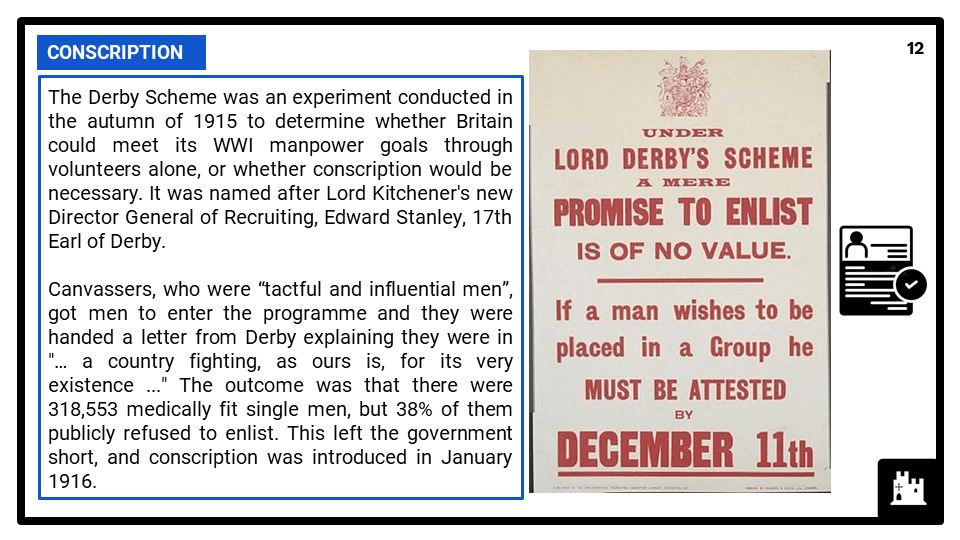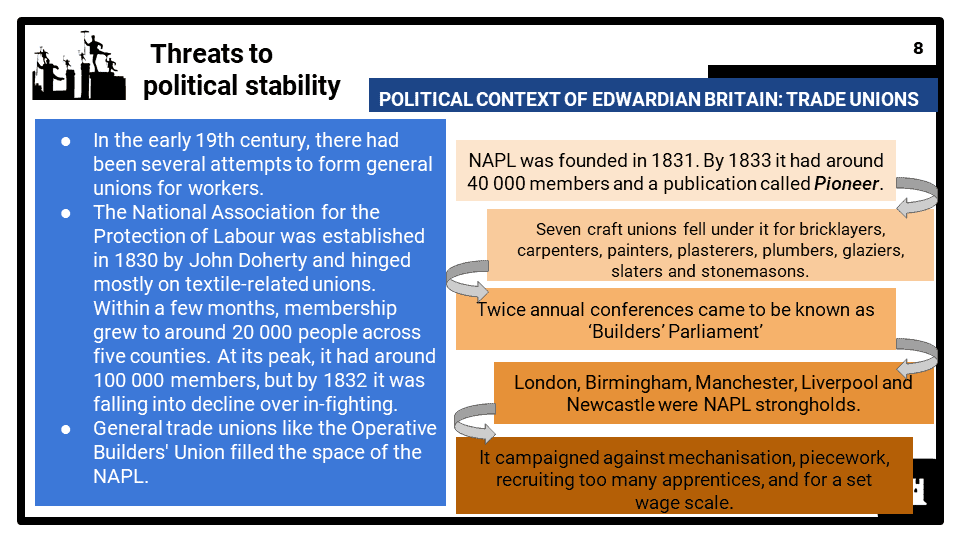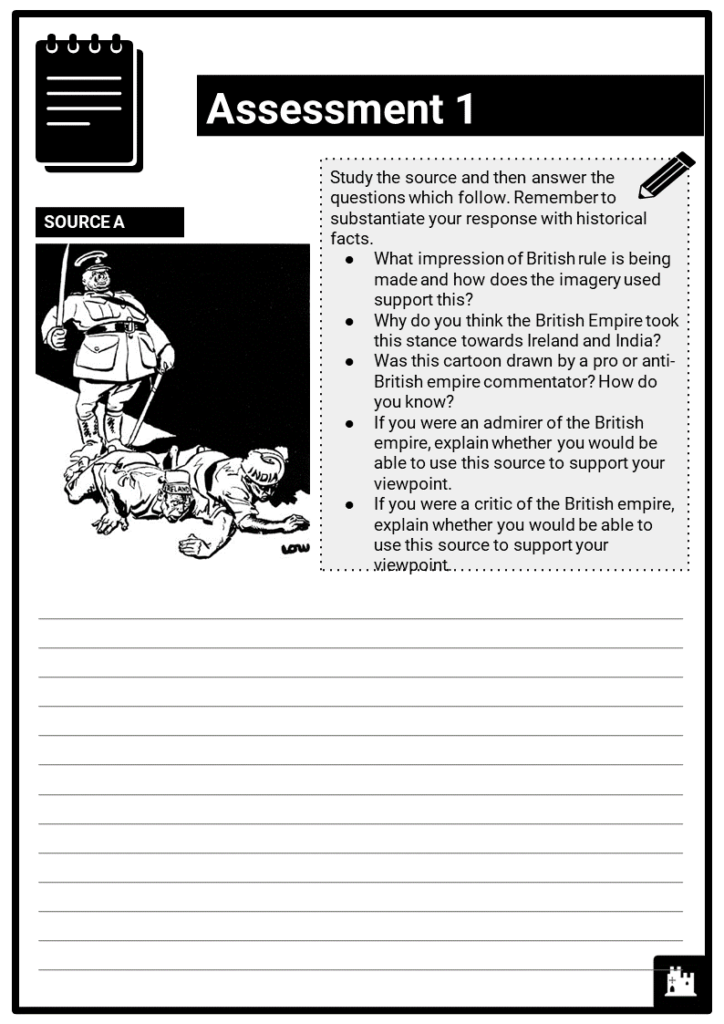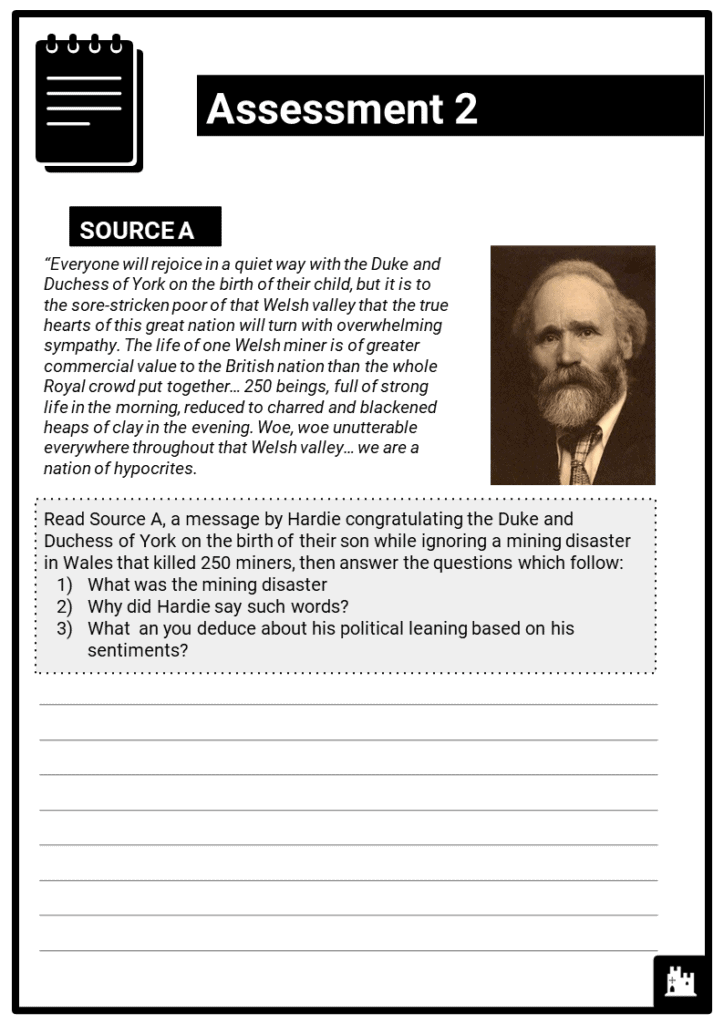Teach any OCR B module : Britain in Peace and War, 1900–1918, no prep needed!
Do you want to save dozens of hours in time? Get your evenings and weekends back? Be fully prepared to teach any OCR B GCSE topic?
Every OCR B topic is covered, and each module comes complete with:
Component 1: British Depth study, Britain in Peace and War, 1900–1918
What students need to learn:
- Wealth - Issue: Tensions in Edwardian society
- Britain’s power and wealth at the beginning of the twentieth century: an overview of industry, empire, military strength, technology and cities
- Class distinctions: the lives of the upper, middle and working classes
- Rowntree’s investigation into the nature of poverty
- Politics - Issue: Threats to political stability
- Strengths and weaknesses of the established parties and the rise of the Labour Party
- The Liberal reforms, the People’s Budget, the clash with the Lords and the Parliament Act of 1911
- The challenge from militant labour including the crisis years between 1910 and 1914
- Women - Issue: The nature and extent of support for women’s suffrage
- Women’s lives at the beginning of the twentieth century
- The campaigns for the vote: suffragists, suffragettes, support and opposition
- The relationship between Government responses and changes to the campaigns, 1910–1914
- Empire - Issue: British attitudes towards the Empire
- Differing attitudes towards the British Empire at the beginning of the twentieth century including responses to the Boer War
- India: differing British attitudes toward the Raj, 1900–1914
- Ireland: differing attitudes to the Home Rule crisis, 1912–1914
- War - Issue: Responses to the demands of total war
- Government policy and propaganda in response to the changing demands of war including early recruitment, conscription and DORA
- Men’s responses to the demands of the war including volunteering, pals’ battalions and conscientious objection
- Women’s responses to the demands of the war including volunteering, employment and development in the suffrage campaign






